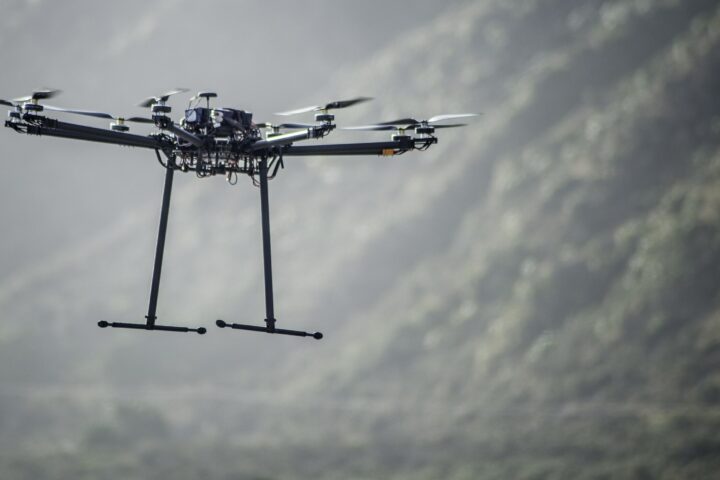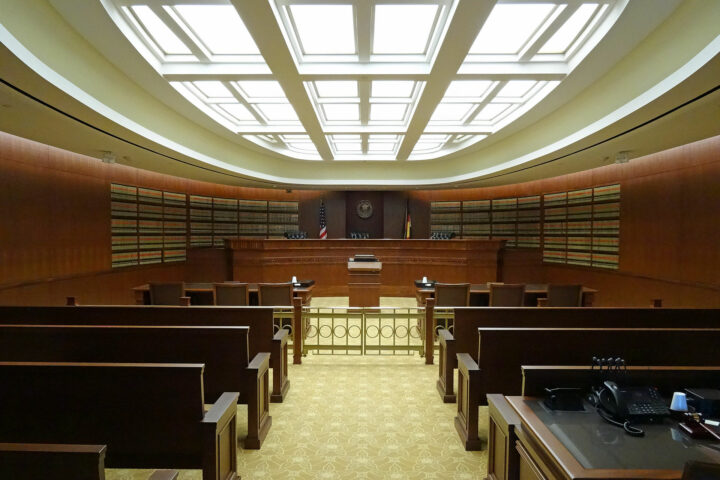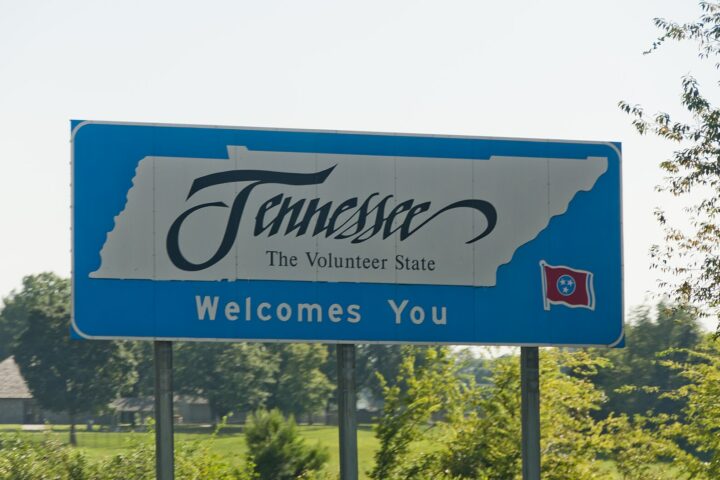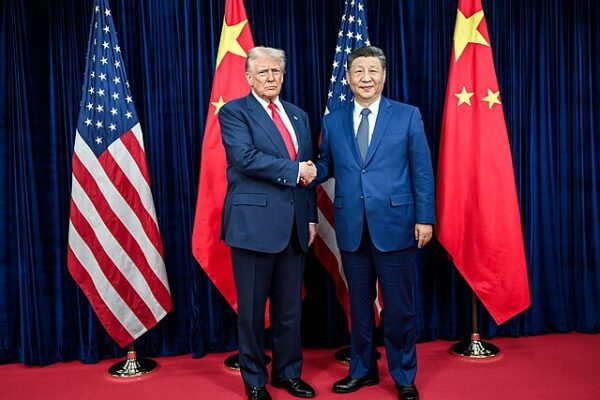In a striking revelation, the Pentagon reportedly developed an elaborate decoy operation to safeguard the secrecy of U.S. airstrikes on Iran’s uranium enrichment facilities.
This initiative emerged from deep concerns among military officials that President Donald Trump’s own social media activity might inadvertently disclose sensitive operational details.
Despite Trump’s public statements suggesting he would take “up to two weeks” to decide on joining Israel’s military efforts, preparations for an airstrike were already underway.
Advisers disclosed that discussions around deploying “massive bunker-buster bombs” targeted at Iran’s Fordow facility were being considered just hours after Israeli airstrikes on June 13. It soon became evident to those close to Trump that he had nearly made up his mind to proceed with military action.
The most pressing threat to operational security, however, was not Iranian intelligence or potential cyber threats; it was Trump’s proclivity for sharing provocative updates on social media.
In the lead-up to the attack, he issued posts on Truth Social urging, “Everyone should evacuate Tehran!” Shortly after departing a G7 summit in Canada, he hinted at a significant development, stating he was not leaving to negotiate a ceasefire but for something “much bigger”—a message that raised alarms within military circles.
To mitigate the risk of revealing their intentions, Pentagon planners devised a ruse involving two fleets of B-2 bombers. One fleet was dispatched westward, visible on flight trackers, while the second silently crossed the Atlantic heading east.
This strategic distraction allowed the actual strike force to penetrate Iranian airspace undetected.
At 2:10 a.m. local time, the lead bomber executed the mission by dropping two bunker-busting bombs on the Fordow site, with a total of 14 bombs deployed throughout the operation.
The Pentagon’s approach reflects an acute awareness of the complexities involved in modern warfare, particularly in an age where information can spread rapidly through social media.
As tensions escalate in the region, the implications of this operation are far-reaching. The interplay between military strategy and presidential communication underscores the challenges faced by military leaders in ensuring operational secrecy while navigating the unpredictable nature of Trump’s public statements.
This incident highlights the critical balance between national security and the dynamics of political communication in a volatile geopolitical landscape.
[READ MORE: Bipartisan Group Calls Iran Strike ‘Unconstitutional’]








